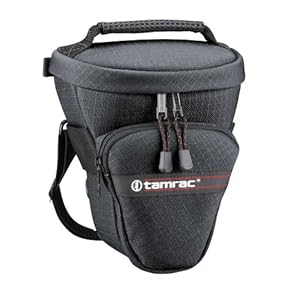
Many photographers pride themselves on how fast and efficient their workflow is. I’m sure you know the type- they go on and on about how quickly they can edit, process, caption, keyword and archive their digital images, how well they stay on top of tasks, and gloat about how organized they are.
Those are the same people who have nothing on their desks except a wireless keyboard, Wacom tablet and a pair of perfectly calibrated 24″ monitors. No scraps of paper. No little notebooks filled with ideas and concepts. No to-do lists. Heck, I’ll bet they even do their own accounting.
Well, I’m here to tell you that speed is not everything. In fact, in some States, speed will get you killed, or at least arrested. And trust me, being highly organized is highly overrated.
Take a look at Einstein. Was his hair “organized?” Of course not. We all know that messiness breeds brilliance. If you don’t believe me, go watch the movie Spiderman. When villain Norman Osborn remarks to wise Aunt May about how messy Peter Parker is, she answers, “All great men are.”
Fortunately, taking pictures is not such a dangerous activity as to necessitate a slowdown in the name of safety, except maybe in the case of wedding photography.
However, once you’re back in the office, blazing too quickly through your workflow will only make you miss those small things that make life just a little bit richer, like the mystery of an inbox full of unread messages, or the delight that comes from simply admiring all the photos you shot during your last photo shoot.
So grab a coffee, sit back and just enjoy surfing the web for awhile. Your work can wait. In fact, why put it off processing those images until tomorrow when you can get the done the next day? Hey, that should be Number 4: Put Things Off Until Later. Oh well, I already wrote “3 Ways” in the title, why go back and change it now? That’s just creating more work for myself.
1. Let Technology Pass You By
Getting behind the technology curve is the best way to ensure a slowdown in your workflow. It’s also the best way not to go broke. After all, who can afford to buy every new gadget, computer upgrade, or software update that comes along?
Using an older computer will save you money, and it will keep things simple, since you’ll be forced to do only one thing at a time. Don’t think this is a bad thing, in fact some people hold to the notion that multitasking is not actually efficient, it’s just ADD with a fancier name. And well all know know that most creative types have major ADD tendencies. Wait… I’m not the only one, am I?
And let us not forget the best thing about using an old system- it gives you the most opportunities to see the spinning beach-ball of death. Who doesn’t love to watch that pretty colored thing go round and round on their desktop?
So remember, you can’t stop the technology train, but you can always ride the caboose.
2. Let Un-edited Images Pile Up
You used up lots of hard work and creative energy to make all those images, so give yourself a chance to enjoy then for awhile. Let them sit in your “New Images” folder for weeks at a time. Really get to know and love them. And don’t be so quick to trash all those images that you think are the bad ones. Keep them around and learn to love them just as much as you love your selects. You created them, they’re your babies- would you throw your own offspring away? I think not. Besides, you never know when you might end up needing to use one of those “alternate” images in a project.
3. Spend Lots of Time Away From the Office
We got in to photography to spend time behind the camera, not behind a computer. After all, your photography revolves around your images, which you take out in the world, not while sitting at your desk.
Besides, it’s no secret that ADD creative types don’t do well in a structured office setting, so don’t fight it. Just get up out of your chair, grab your camera and go outside. Enjoy the sunshine. Be creative. Take some new pictures.
Sure, spending all that time outside might cause you to fall behind with your boring office tasks, but believe, me, it’ll be worth it!



















